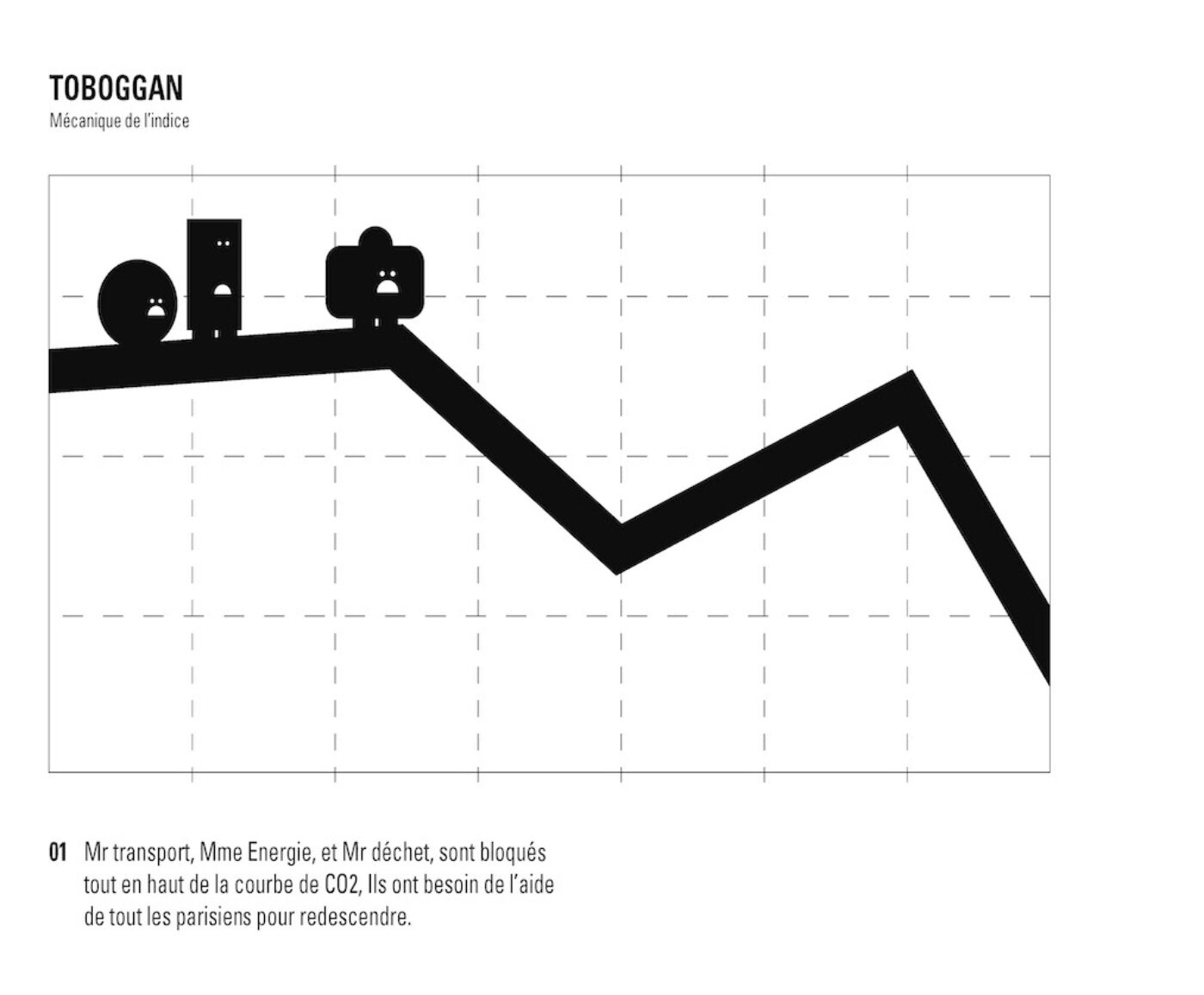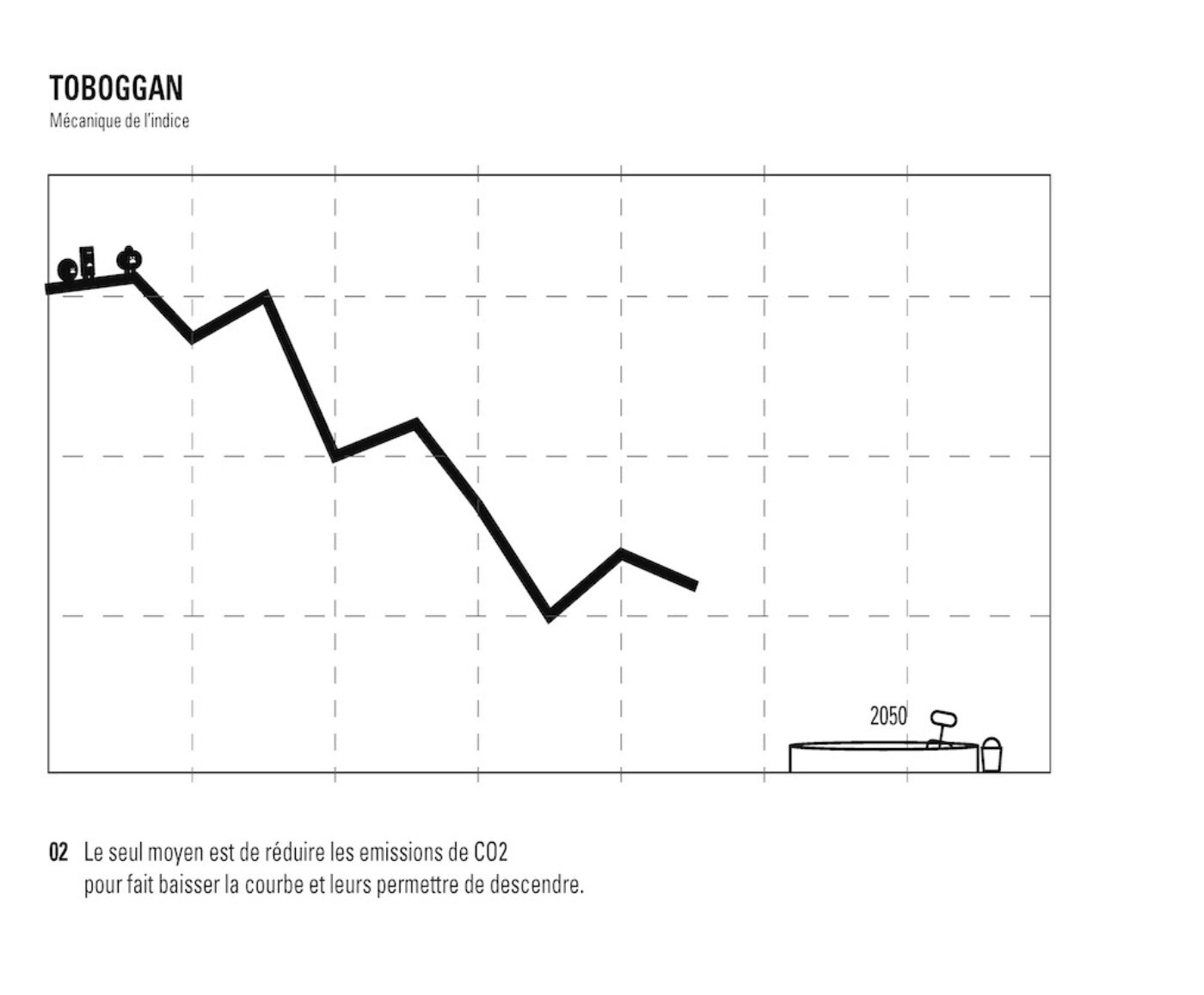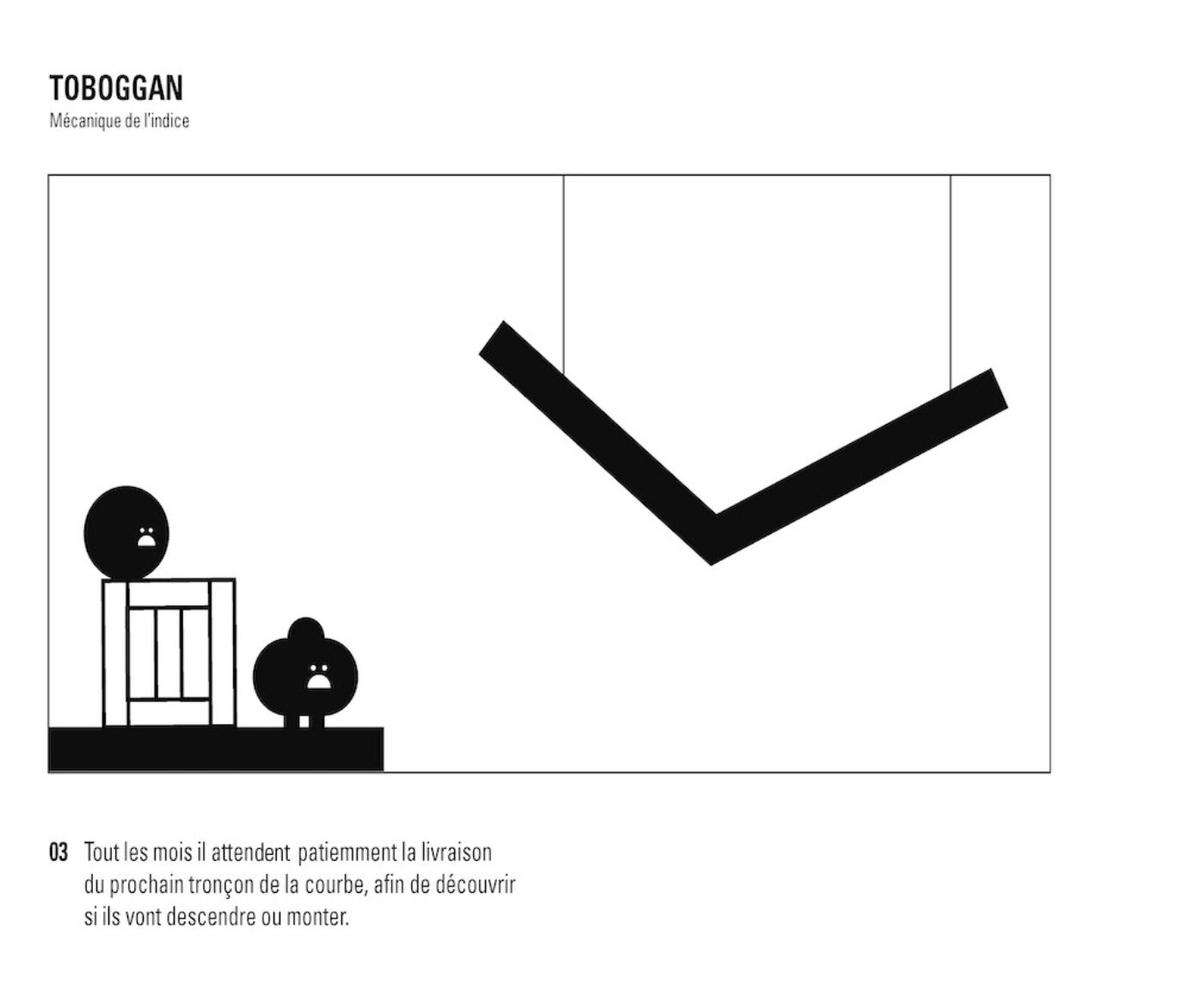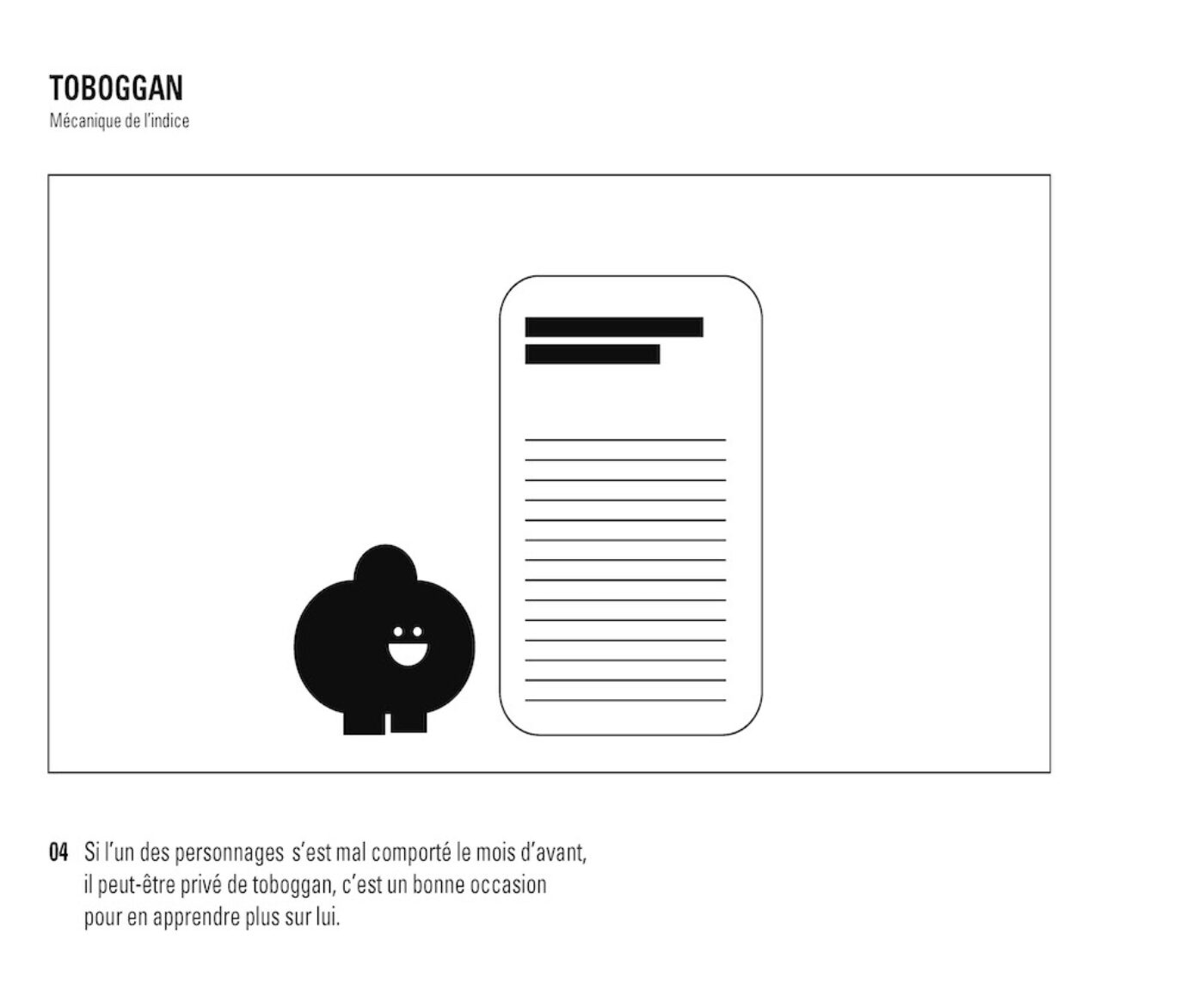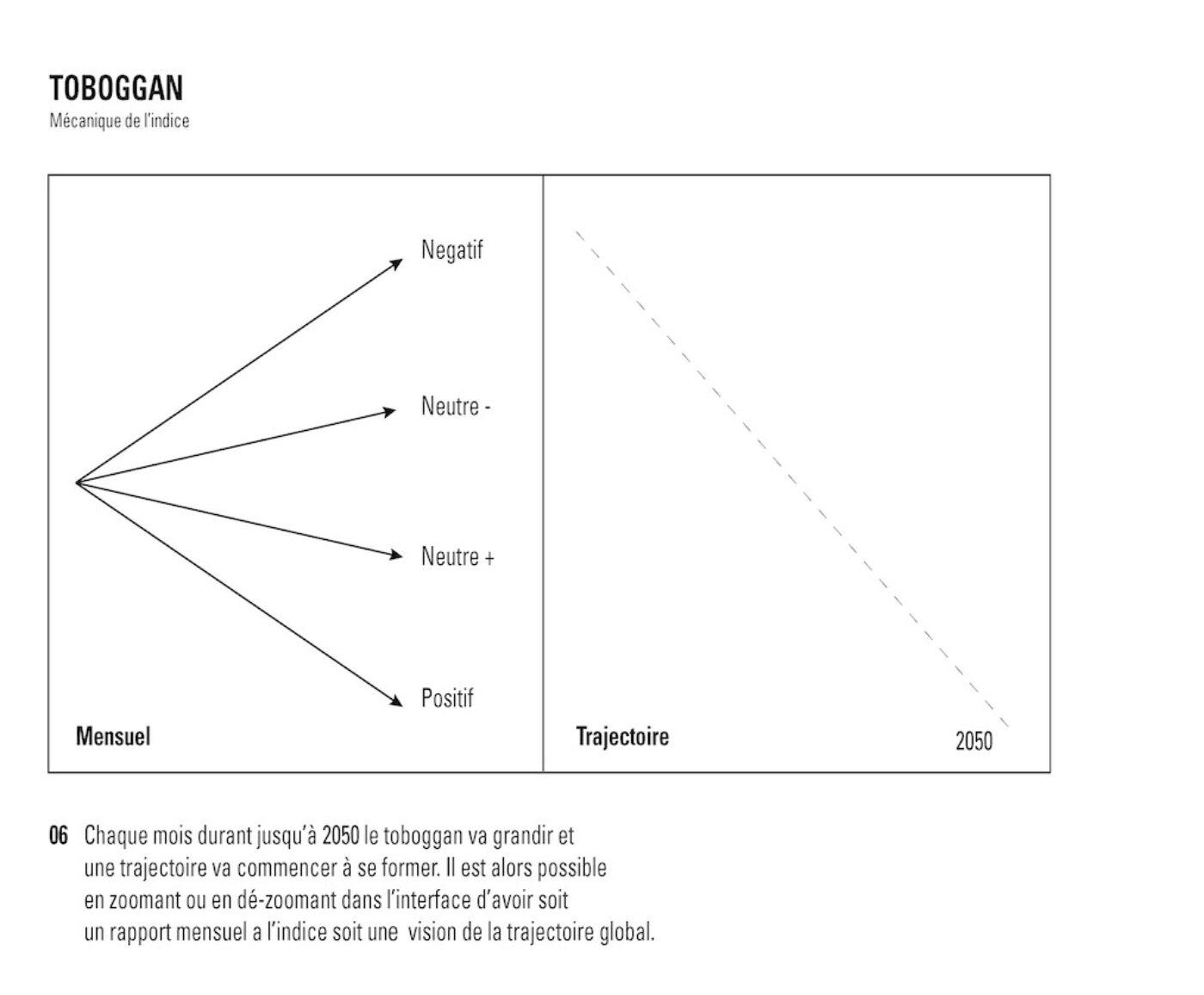The Ecological Transition:
A solution for CO2 emissions tailored to serve cities.
A world leader in waste management.
To fulfill their strategic goals, a major leader in the French energy sector launched their first entrepreneurial project.
Souffl offered support in this innovation and entrepreneurship strategy. With two intrapreneurs assigned to the project, we reviewed and expanded opportunities to fight climate change at the urban level.
Below is a quick contextual overview of the topic highlighting the issues that were identified.
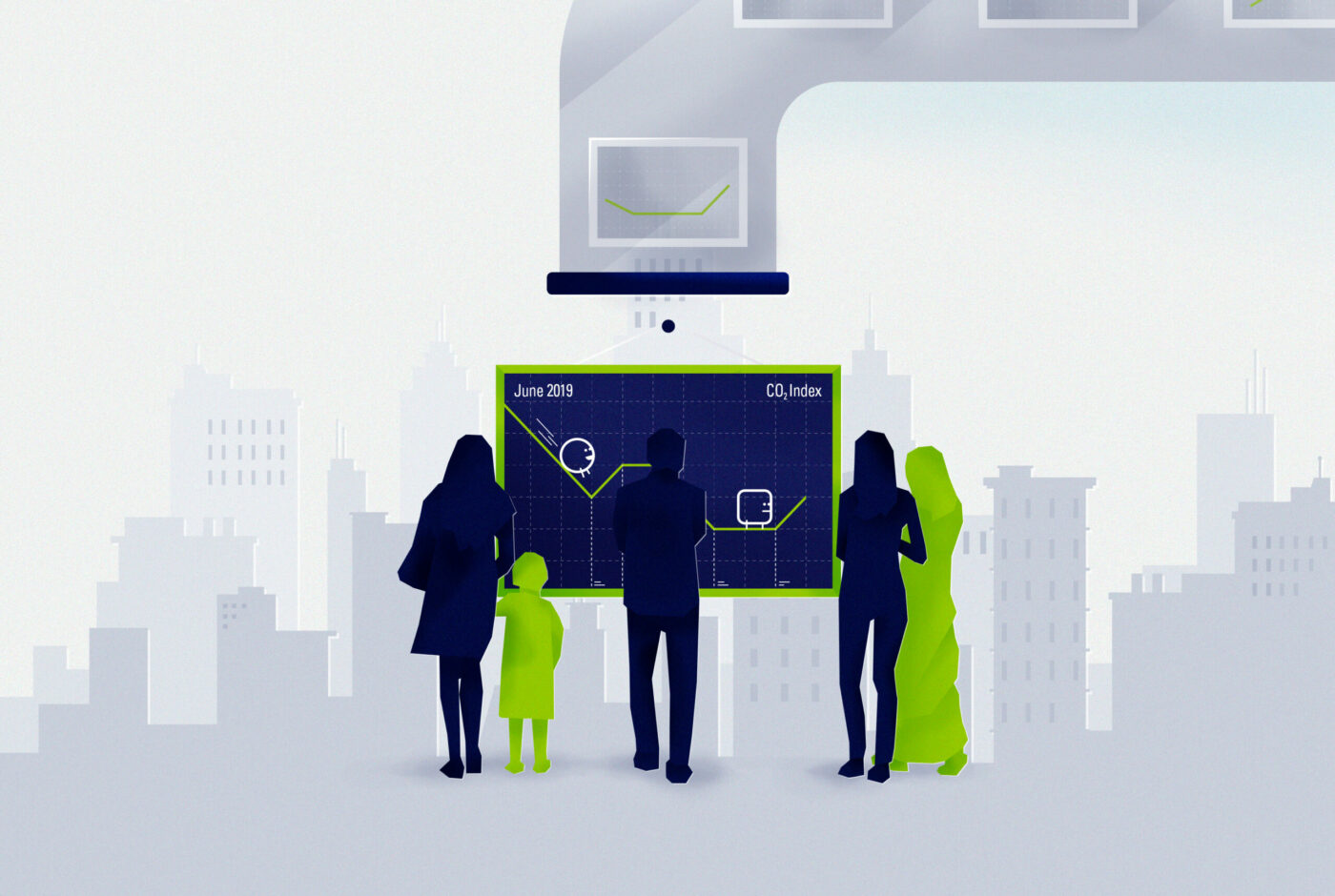
The fight against climate change begins in cities.
Although the alarm has been raised, human activity is still generating an excess of greenhouse gases like CO2. This has produced an additional greenhouse effect that is largely responsible for climate change. Rising temperatures are having a harmful, irreversible impact on ecosystems, human beings, and the future of our societies.
In the midst of this environmental crisis, 2015 saw many cities commit, as part of the Paris Agreement, to limiting the increase in the planet’s average temperature below 2°C, relative to pre-industrial levels.
To achieve this ambitious goal, an international action plan was put in place. For example, the city of Paris introduced various actions aimed at carbon neutrality: revegetation, clean energy, eco-renovation of old living accommodations, waste reduction, local and organic production, etc.
However, measuring the concrete impact of these commitments can prove challenging. The data provided by existing tools is insufficient to produce a meaningful analysis.
A highly ambitious project.
The first intrapreneurial project at a major company.
In pointing to the lack of awareness on the effects of these projects, our client wanted to develop a solution to track and monitor CO2 emissions. This solution would allow cities to measure the direct effects of the projects they had introduced. With detailed data collection, we can identify the origin of the emissions and process them to extract comprehensive elements.
To come up with a high-potential project, our research led us to identify related issues, including an exploration of the world of green finance, to target the needs and expectations of the different stakeholders.

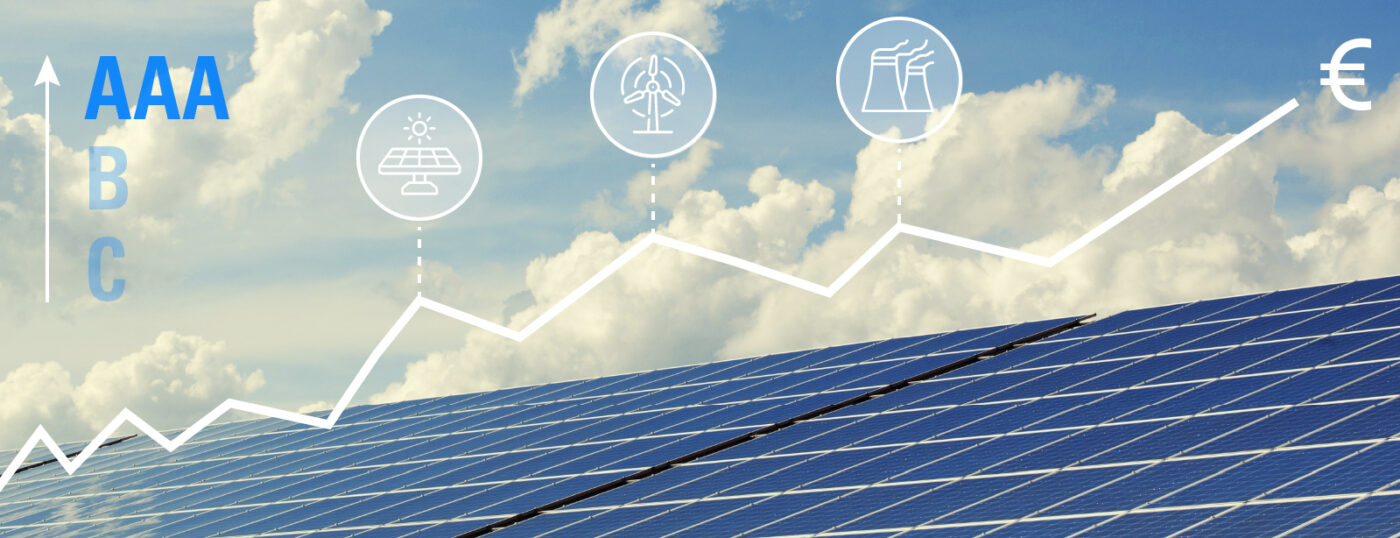
Investigating the jungles
of green finance.
Carbon credit; green bonds; ESG, ISR, GES, and GFI criteria; a financial lexicon and grim acronyms; a sprawling network of players combined with political and economic challenges — the world of green finance is equally obscure and fascinating.
To put it “simply”, green finance supports the energy transition by promoting “green” projects through financial transactions. To minimize their exposure to risk, investors divest from businesses that emit higher levels of greenhouse gases or are at higher risk on the basis of environmental criteria. But for this process to work, you have to be able to measure the activities emitting the most CO2.
An urgent
need to measure and track CO2 emissions.
The existing data on CO2 is imprecise and can’t be used to support cities, project leaders, investors, and rating agencies in their ecological commitments.
For mayors, getting their city to zero carbon is a key issue. In the long term, they need to implement actions for their citizens’ welfare by making their city a better place to live, study, and work in, as well as to find housing and entertainment. There is real competition among cities to be ranked the most attractive, like Vienna, Zurich, and Vancouver.
The lack of reliable data makes it difficult to establish a detailed roadmap on ecological commitments for cities to follow. In addition, they have trouble getting the word out on local projects and engaging citizens and lenders.
Despite the existence of numerous investment funds, financing is not as readily available to urban projects dealing with climate issues. Project leaders struggle to prove the usefulness and benefit of their actions to investors, who need to be reassured with data available from rating agencies. These agencies will assess whether an organization is able to pay back lenders and substantiate the potential of a low-carbon project, using social and environmental criteria related to sustainable development. And to identify the best projects, agencies need detailed data on CO2 emissions. By nurturing relationships among these three players, projects can more easily secure funding.
Putting cities front and center in the fight against climate change.
A solution based on four key elements.
Our client launched a service to support and provide tools to cities in their fight against climate change.
This project facilitates the development of climate-friendly projects through to five key elements:


1 – Accurately measure a city’s monthly CO2 emissions:
This will enhance policies intended to combat climate change. The goal is not simply to measure for the sake of measuring, but as a means of knowing how to have an impact. By collecting and analyzing this data, cities can identify the steps that need to be taken and achieve concrete objectives to reduce emissions.
2 – Inform the public about CO2 emissions:
The goal for cities is to favorably distribute the results through a visual indicator that all residents can understand. Besides translating the city’s commitment and showing the progress made, the indicator will educate people on concepts that may seem remote to them. By understanding climate-related issues, residents can take ownership of them and feel more directly affected. They’re able to see how the situation could be improved.
3 – Track low-carbon projects:
Les citoyens pourront prendre connaissance des projets à faible émission de carbone, les plus accessibles pour eux, à leur échelle et selon leurs moyens.
4 – Facilitate access to funding:
The last key element involves facilitating access to funding for low-carbon programs. This also means helping project leaders to showcase their actions and helping investors to identify which projects are the most suitable and effective.
5 – Giving science a central role in the Paris Agreement.
The source of CO2 emissions can be found by cross-referencing various types of data: satellite, cadastral, meteorological, land-based, socio-economic, etc. In this context, a partnership was established with the Laboratoire des Sciences du Climat et de l’Environnement (Climate and Environmental Sciences Laboratory), which designed a technology that could be used to measure CO2 emissions.
The first pilot project was developed with the City of Paris and the Paris Climate Agency (approved by the United Nations and the World Meteorological Organization).
Additionally, the project was launched with the City of Paris at the Global Climate Action Summit held in San Francisco in September 2018.
At COP24, the project was presented along with other proposals for an innovative solution to promote the climate transition for pioneering cities.
The service is currently being rolled out — we’ll keep you posted on its progress.
